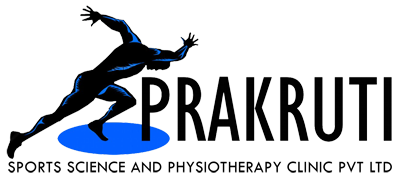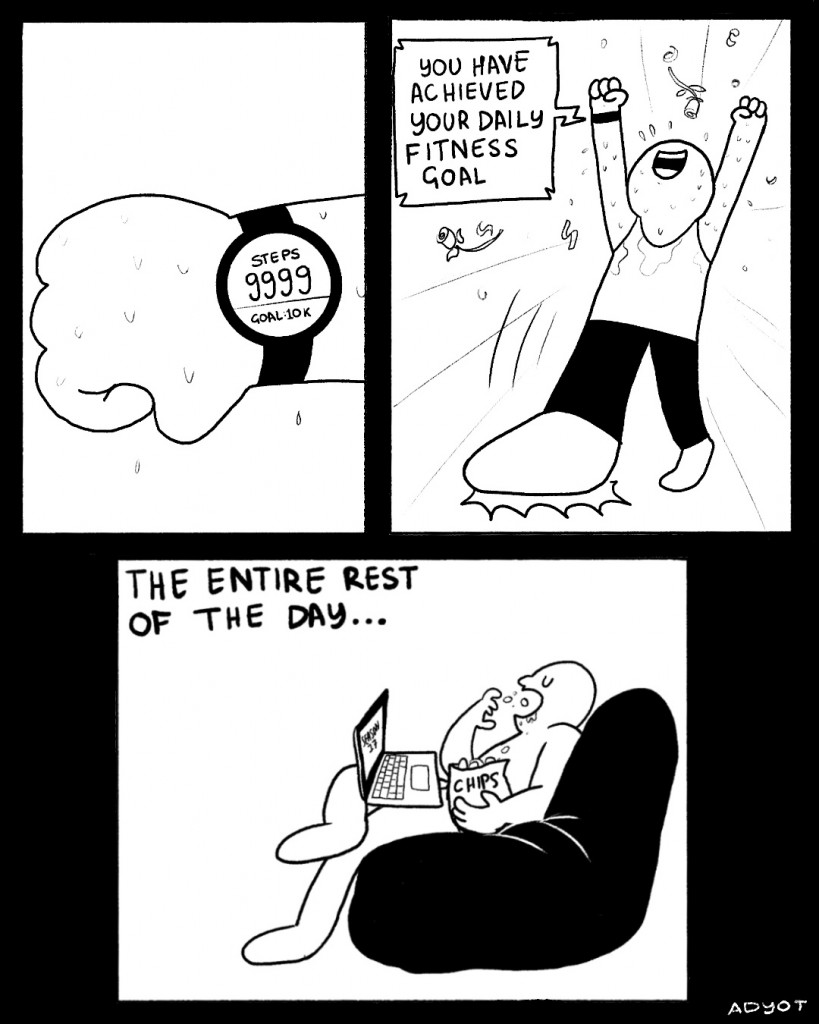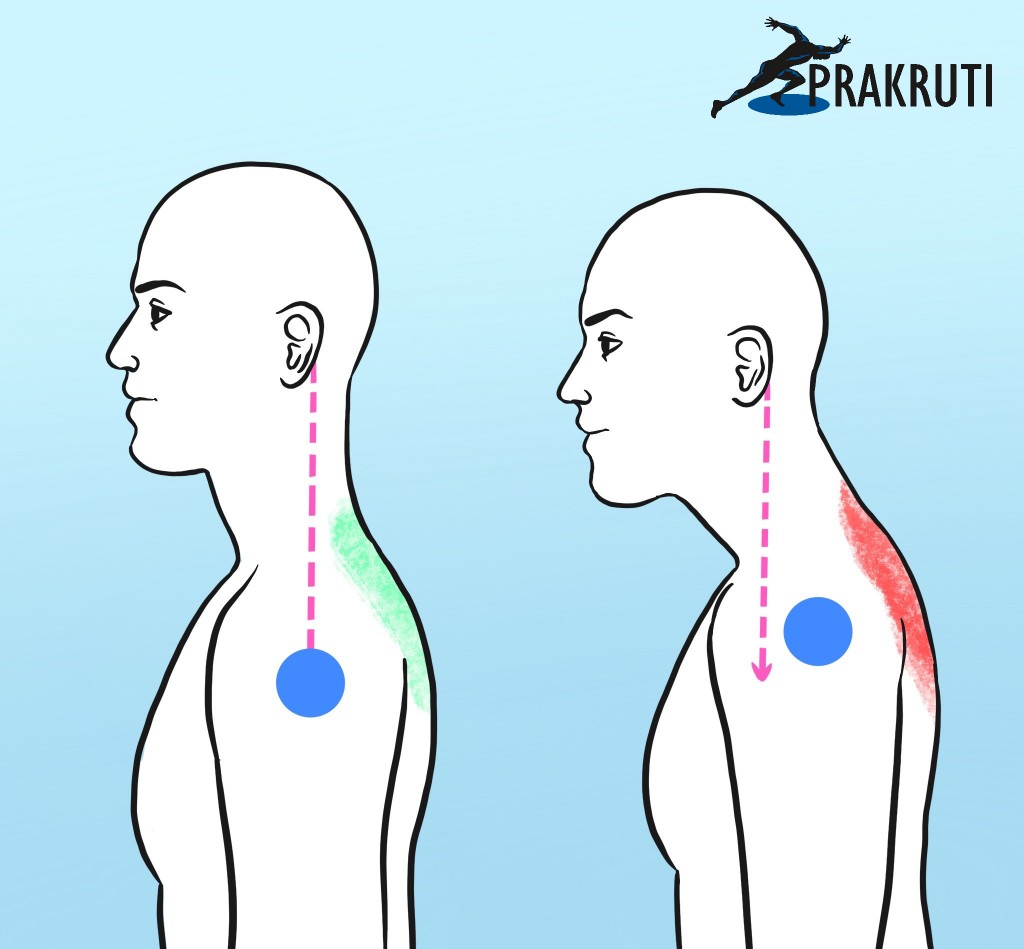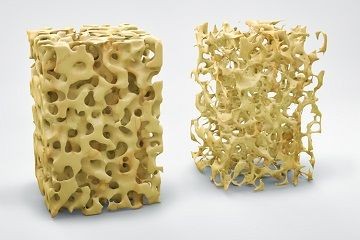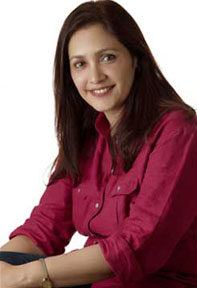“Exercise” and “Activity” are two different things.
Exercise is something that you do intentionally, with a view to improve/ benefit your body in a certain way. Ideally, this should address all the three primary parameters of fitness, i.e., Endurance, Strength, and Flexibility. Of course, what proportion of each of these should occupy your individual total fitness plan depends on your individual requirements or goals.
Exercise should also be safe in the short term, as well as in the long term. What I mean is, that any exercise you choose to do, should help you achieve your goals, without causing an acute injury; and without causing slow onset wear and tear, from cumulative damage. And, this is why exercise should be planned, and individualised for your specific needs.
Besides planned exercise, you also need to be active throughout the day. If you exercise for an hour, but sit immobile at your desk for the rest of the day, you are still going to have some of the side-effects of a sedentary life. I do not mean that 1 hour of exercise is useless; No, it is going to have a huge benefit, obviously. I mean that vigorous exercise is only one part of fitness, and your activity level throughout the day matters too. In fact, I would go a step further and say that if you were forced to choose one of the two options, it is more important to stay active throughout the day than to exercise for an hour and be completely sedentary the rest of the time.
Now, examining this concept of 10000 steps: Undoubtedly walking is great as an activity, even as exercise. It is one of the most functional activities that we do. But, walking, when done at an appropriate pace (for you), and for enough time, is still only an endurance exercise. It does not take care of the other important aspects (parameters) of fitness. To improve strength and flexibility, you would have to add strength and flexibility training separately in your weekly schedule.
Walking 10000 steps should take an average individual about 90-120 minutes (I have accounted for variable speeds and stride lengths by giving this wide range of time). If we assume that we are awake approximately 14 hours in a day, this amounts to an average activity of about 7-10 minutes of every waking hour. This fits right in with the concept of staying active throughout the day. Research says that moving around for as little as 5 minutes every hour is enough to count as being active throughout the day (If we had to count the steps, then that brings down that number to between 5000-7000 steps a day, not at one time, but spread out through the day).
Walking 10000 steps at one time, and absolutely everyday might be OK for some individuals, but not for all. In some people, it might aggravate knee pain/ foot pain/ hip pain/ or back pain. Besides this, if this is all you chose to do in terms of exercise, it will not address all your fitness needs.
So, no I do not think 10000 steps a day counts as exercise. Here is what I propose for optimum, overall fitness gains:
1. 3 days a week put in 20-30 minutes of cycling/ brisk walking/ running/ swimming/ climbing/ gym-based cardio that brings your heart rate up into the endurance training zone that is right for you.
2. 2-3 days a week put in 20-40 minutes of whole-body strength training that is specially designed for your current fitness level.
3. 4-6 days a week put in 10-20 minutes of gentle and rejuvenating flexibility training assisted by relaxed breathing
4. Throughout the day make sure you move around/ walk around for 4-6 minutes in absolutely every waking hour. If you are at home, do some small daily chores every time you get up. If you are in office or outdoors, walk for 5 minutes every time you are on a call or something like that. Look at the pattern of your average day, and assign yourself some tasks that require you to get up and move for a short time every hour
5. Once in a while put in a whole hour of hiking/ cycling/ playing a sport, or any such enjoyable activity.
DO NOT count your steps, instead make it a habit to get up and move every hour. If you find it difficult to remember, set an hourly alarm on your watch, only till it becomes a part of your daily routine. Then shut off that alarm, and just enjoy an active life and long-lasting fitness!




